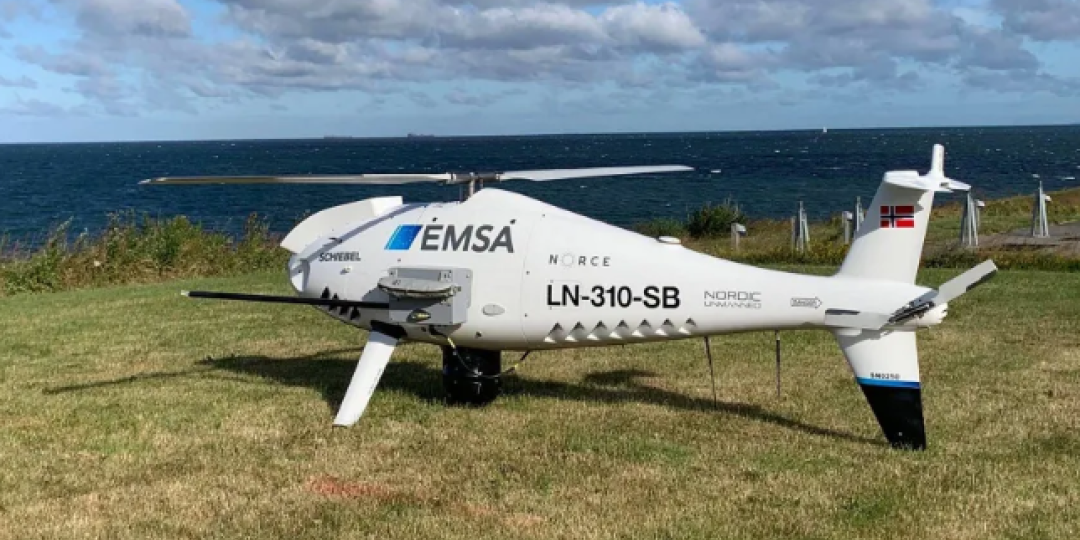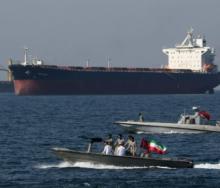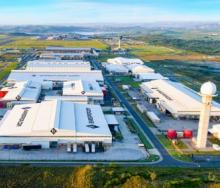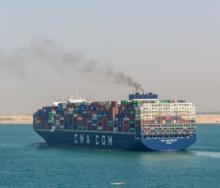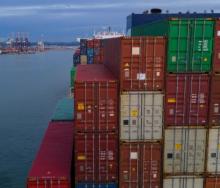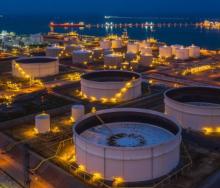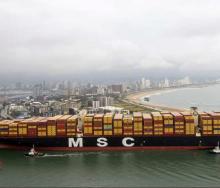A new take on sniffer dogs – widely used for the detection of drugs at airports - is the deployment of sniffer drones to monitor sulphur and nitrogen emissions released by passing ships.
The European Maritime Safety Agency (EMSA) has deployed the remotely piloted aircraft in the vicinity of the Strait of Gibraltar, providing the Spanish Ministry of Transport, Mobility and Urban Agenda with the capacity to monitor the emissions. The initiative builds on the experience gained during a similar operation which saw the aircraft’s special sniffer capabilities used for emissions monitoring.
The area has been chosen for its proximity to busy shipping lanes, within the flight range of the aircraft, as well as for the expertise of the personnel monitoring maritime traffic in the area.
While the Merchant Marine can use the measurements taken to check the passing ships’ pollutant compliance, the flights can also be directed to support the Spanish Maritime Safety Agency (Sasemar) for search and rescue.
The pollutant data gathered actively supports the monitoring of compliance with existing regulations and in doing so can help to reduce the harmful effects on human health and the environment, says the EMSA.
Emissions monitoring is one of several purposes for which the aircraft can be deployed. Complementary tasks include pollution detection, suppression of trafficking and smuggling operations, fisheries control, and vessel traffic management.
The Remotely Piloted Aircraft System (RPAS) used is a Camcopter S100 unmanned helicopter which is operated by EMSA’s contractor, Nordic Unmanned. The RPAS is equipped with an emissions sensor from the contractor Explicit. This analyses the gas samples taken as the RPAS flies through the exhaust plume of the ship’s funnel or stack. Calculations are then made to determine sulphur and nitrogen levels. Indications of non-compliance can trigger an inspection at the next port of call to determine whether an infringement has taken place.
Emissions surveillance operations such as these will reinforce the recent approval of the Mediterranean Sea as an emission control area by the International Maritime Organization, which is expected to come into force in 2025.
